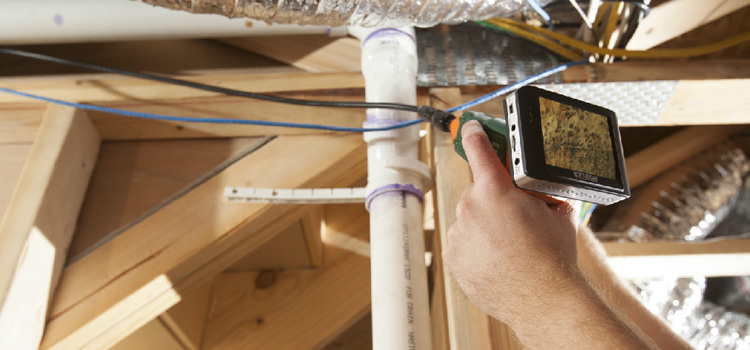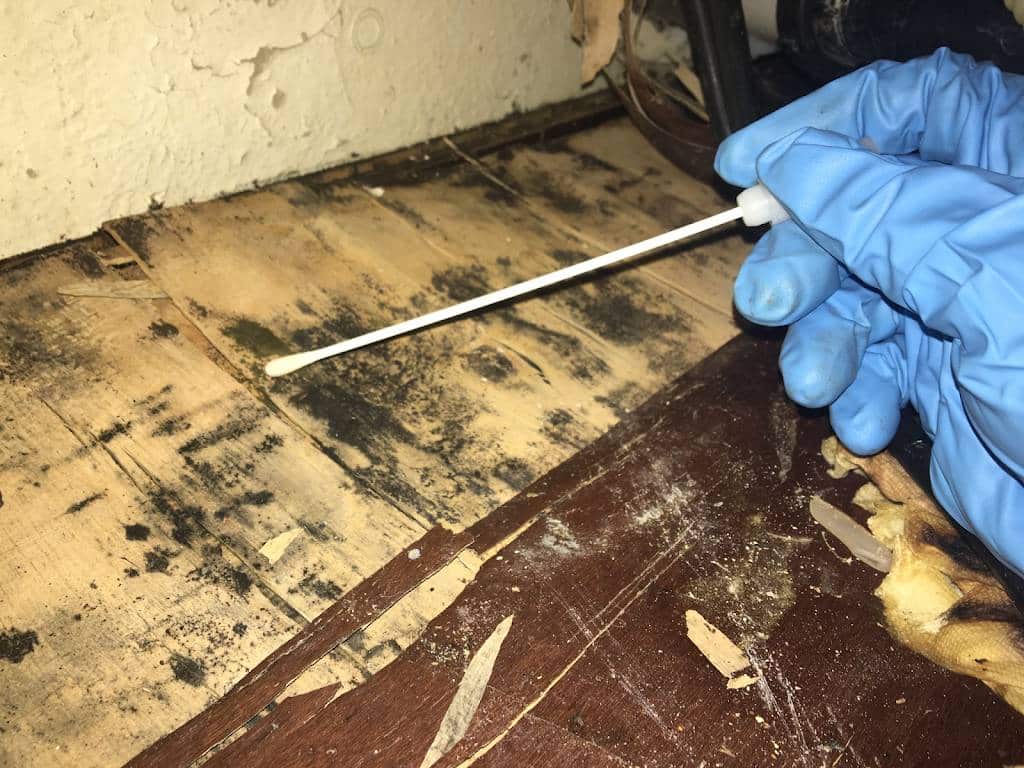Testing Air Quality After Mold Remediation
Testing Air Quality After Mold Remediation
Blog Article
Your Ultimate Guide to Message Mold Remediation Techniques
Browsing the realm of post-mold remediation methods is a careful process that requires attention to detail and a detailed understanding of the intricacies entailed. In the after-effects of mold and mildew invasion, recognizing just how to effectively eliminate the mold and stop its reoccurrence is vital for maintaining a healthy indoor environment. From picking the right cleansing and decontaminating methods to implementing methods for long-lasting mold prevention, each action in the remediation trip plays a vital duty in guaranteeing an effective end result. As we start this exploration of post-mold removal techniques, we will discover the vital strategies and best methods that can assist you restore your space to its pre-mold problem and secure it versus future mold risks.
Understanding Post-Mold Removal Process
After completing the mold remediation procedure, it is crucial to recognize the post-mold removal techniques that are essential to ensure a extensive and reliable cleanup. Once the mold and mildew has actually been eliminated, the next step involves cleansing and disinfecting the affected locations to protect against any type of regrowth of mold. This includes utilizing specialized cleaning agents to wipe down surface areas and kill any kind of staying mold and mildew spores. It is necessary to dry the location entirely to discourage the growth of mold in the future (what to do after mold remediation). Proper ventilation and dehumidification can aid in this procedure.
Additionally, conducting a last inspection post-remediation is crucial to guarantee that all mold and mildew has been efficiently gotten rid of. This assessment needs to entail a thorough aesthetic check as well as perhaps air sampling to verify the absence of mold spores in the air. Additional removal may be essential if the inspection exposes any kind of sticking around mold. Lastly, informing occupants on safety nets such as managing moisture degrees and promptly dealing with any water leaks can help preserve a mold-free atmosphere.
Efficient Cleansing and Disinfecting Techniques

Avoiding Future Mold Development

Value of Correct Air Flow
Appropriate air flow plays a vital function in protecting against wetness accumulation, an essential consider mold and mildew development within interior environments. Reliable air flow systems help eliminate excess moisture from the air, reducing the chances of mold and mildew spores locating the wetness they require to germinate and spread out. Without adequate ventilation, indoor spaces can become a breeding place for mold, resulting in potential health and wellness dangers and structural damages.
By ensuring proper air circulation, air flow systems can also aid in drying damp locations much more promptly after water damage or flooding cases, further hindering mold development. Post Mold Remediation Report. In spaces like bathrooms, basements, attic rooms, and kitchens where dampness degrees often tend to be greater, mounting and keeping reliable air flow systems is vital in preventing mold problems

Surveillance and Upkeep Tips
Given the vital function that correct air flow plays in protecting against mold and mildew growth, it is essential to develop efficient monitoring and maintenance pointers to make certain the continued performance of ventilation systems. Normal examinations of air flow systems should be performed to examine for any kind of signs of blockages, leakages, or malfunctions that might hamper correct airflow. Monitoring humidity levels within the building is also critical, as high moisture can add to mold and mildew development. Installing a hygrometer can help track humidity levels and alert home owners to any spikes that might need attention. In addition, making sure that air filters are routinely cleaned up or replaced is necessary for preserving the efficiency of the air flow system. Applying a routine for regular upkeep tasks, such as duct cleansing and a/c system examinations, can help protect against problems before they rise. By staying alert and proactive to the condition of more information ventilation systems, building owners can properly minimize the threat of mold and mildew regrowth and maintain a healthy and balanced interior atmosphere.
Conclusion
Finally, post-mold remediation strategies are important for guaranteeing a clean and safe environment. Recognizing the process, applying reliable cleansing and disinfecting techniques, preventing you could look here future mold and mildew development, maintaining proper air flow, and regular monitoring are all essential steps in the remediation procedure. By following these standards, you can successfully remove mold and mildew and stop its return, functioning or advertising a healthy living space for all residents.
In the consequences of mold and mildew invasion, recognizing just how to properly get rid of the mold and stop its reoccurrence is paramount for keeping a healthy and balanced indoor atmosphere. As soon as the mold has been gotten rid of, the following step includes cleansing and disinfecting the impacted locations to stop any kind of regrowth of mold - Post Mold Remediation. After eliminating visible mold growth, it is vital to clean all surfaces in the affected location to remove any kind of remaining mold spores. To further improve mold prevention steps, it is necessary to resolve underlying concerns that initially led to mold and mildew advancement.Offered the critical duty that appropriate air flow plays in stopping mold and mildew development, it is imperative to develop efficient tracking and maintenance tips to ensure the ongoing performance of ventilation systems
Report this page